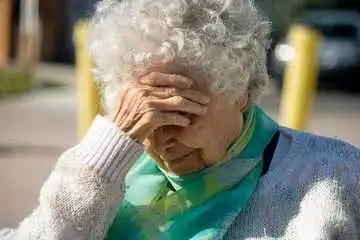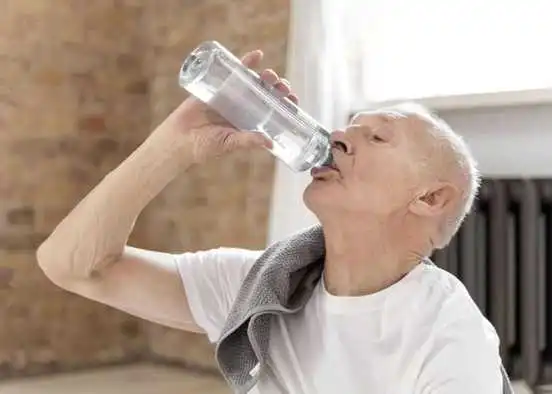Dehydration is a common but potentially life-threatening condition, especially for older adults. As we age, our bodies become more vulnerable to fluid imbalances, making it harder to stay hydrated. Unfortunately, many older adults don’t realize they’re dehydrated until they fall sick. The good news? Dehydration can often be prevented with simple, proactive steps. In this article, we’ll help you understand dehydration, why it’s so dangerous for older adults, and how to effectively prevent it.
Understanding Dehydration in Older Adults
Dehydration occurs when the body loses more fluids than it takes in, making it difficult for vital bodily systems to function properly. It’s more than just feeling thirsty; it can lead to electrolyte imbalances, organ failure, or even death if untreated.
Types of Dehydration
Dehydration is categorized as follows, each with different effects on the body:
1. Isotonic Dehydration: Equal loss of water and sodium (e.g., from vomiting or diarrhea). It can cause low blood pressure and a rapid heart rate.
2. Hypertonic Dehydration: More water than sodium is lost (often due to sweating, fever, or diabetes insipidus). This can lead to confusion, seizures, or coma.
3. Hypotonic Dehydration: More sodium is lost than water (e.g., with diuretics or kidney disease). It can cause swelling in the brain (cerebral edema), weakness, and lethargy.
Recognizing the Signs and Symptoms of Dehydration

It’s crucial to recognize the symptoms of dehydration so fluids can be replaced quickly.
Common Symptoms:
- Dry mouth
- Tiredness or fatigue
- Sunken eyes
- Decreased urination
- Darker urine
- Muscle cramping
- Feeling dizzy or lightheaded
Life threatening Symptoms (Seek Immediate Medical Attention)
- Rapid heart rate
- Trouble with movement or walking
- Confusion or disorientation
- Fainting
- Diarrhea or vomiting that lasts longer than 24 hours
Effects of Untreated Dehydration
If left untreated, dehydration can lead to severe health problems affecting multiple organ:
- Cardiovascular Effects: Low blood volume can lead to decreased heart output, causing a rapid heart rate and low blood pressure. In severe cases, this can result in shock and organ failure.
- Neurological Effects: Dehydration can cause brain cell shrinkage, leading to delirium, confusion, and seizures.
- Renal Effects: Reduced blood flow to the kidneys can lead to acute kidney injury (AKI), where the kidneys stop working properly. Prolonged dehydration also increases the risk of kidney stones and chronic kidney disease.
- Gastrointestinal Effects: Insufficient blood flow to the gut can cause nausea and impaired nutrient absorption.
- Musculoskeletal Effects: Imbalances in fluids and electrolytes can lead to muscle cramps, weakness, and an increased risk of falls, especially in older adults.
- Seizures: Can occur due to dangerously low levels of potassium and sodium.
- Heat Exhaustion or Heatstroke: Dehydration is a major contributing factor to these serious heat-related illnesses.
- Hypovolemic Shock: A life-threatening complication where low blood volume causes a severe drop in blood pressure and oxygen levels.
Preventing Dehydration in Older Adults
Here are steps to take to prevent dehydration:

Prevention Tips
- Drink 2–3 liters of fluid daily.
- Increase intake during fever, vomiting, or diarrhea.
- Avoid unnecessary use of diuretics or laxatives.
- Eat foods high in water: Watermelon, cucumbers, strawberries, soups.
- Sip water throughout the day, don’t wait to feel thirsty.
- Choose hydrating drinks: milk or flavored sparkling water.
- Add lemon or lime to water if plain water is unappealing.
- Keep water within easy reach, especially for those with mobility issues.
- If you’re a caregiver, encourage hydration during meals and offer assistance as needed.

Conclusion
Dehydration in the elderly is a serious but preventable condition. The preventive measures lie in early recognition and regular fluid intake. If unsure about your hydration needs, especially if you take medication or have a chronic illness, speak with your doctor. Staying hydrated isn’t just about drinking water; it’s about prioritizing your health.








